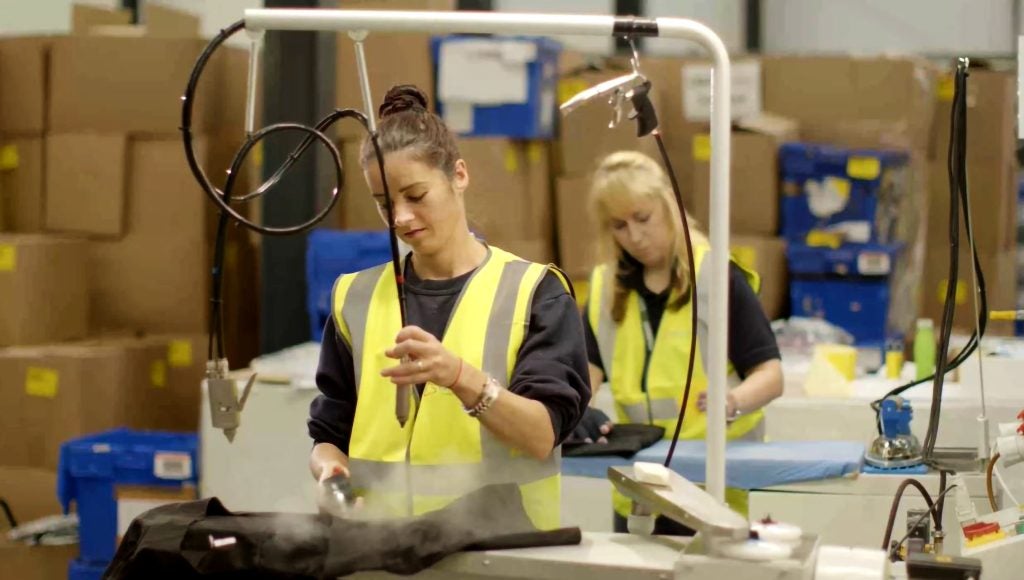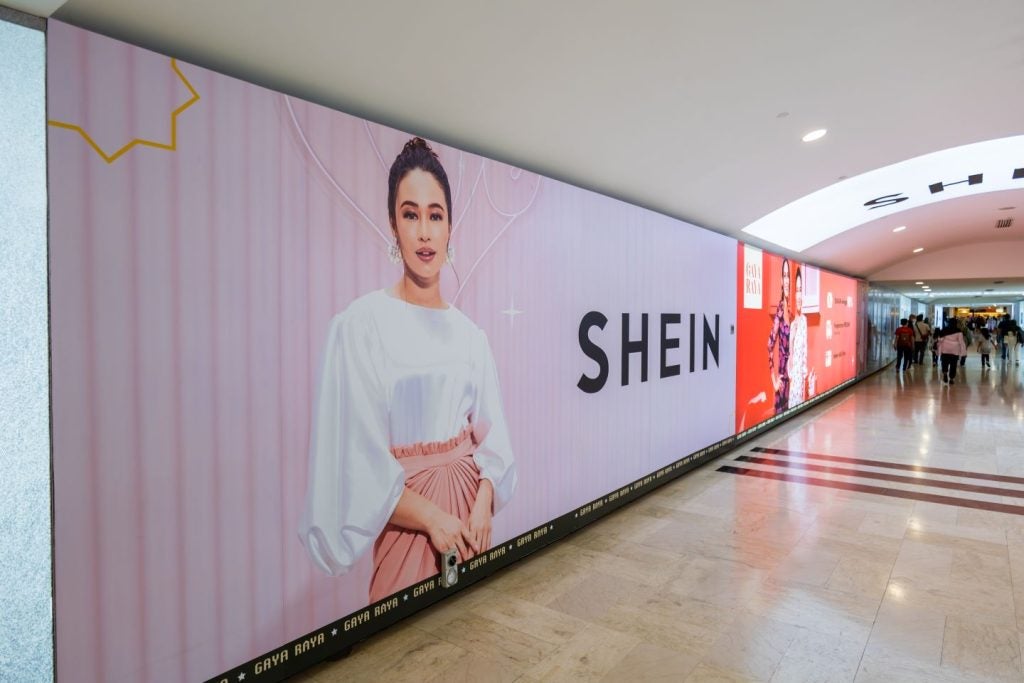Shore Capital Markets' Clive Black highlighted the "decent" early autumn weather should assist the demand for boots, caps, hats and overcoats.
He said: "For those gaining share in the UK, like Marks & Spencer, which has arrived at the end of H1 FY25, this is welcome context in our view, that should also help robust players like Next, which has a strong H1 and Primark."
He added the wetter weather may also provide a "boost" to the UK online channel given consumers will be less inclined to go outside.
Black explained the online channel has been "a little bit more robust in 2024," benefiting the omnichannel retailers and assisting what he terms "beleaguered" online operators such as Asos and Boohoo.
He noted that British weather is a "relevant factor" impacting clothing and footwear demand with varying degrees of influence throughout the year: "Indeed through 2023 and 2024, the weather patterns in the UK have undoubtedly been relevant to apparel business performance. Especially for those names where market share has been ceded to others; one thinks of the hot spring and early summer of 2023, which was a tough comparative headwind for the whole trade in the inclement 2024 out-turn, whilst the summer returned after a grim July and August last year to be followed just as the autumn/winter season started, by a hot spell in September."
The British Retail Consortium (BRC)'s Consumer Sentiment Monitor for September 2024 highlighted public expectations for personal finances, economic conditions, and savings have all deteriorated since August.
It found that consumer confidence in the UK has taken a notable dip as concerns over the economic outlook have grown ahead of the Autumn Budget. However, despite these concerns, retail spending remained stable.
















